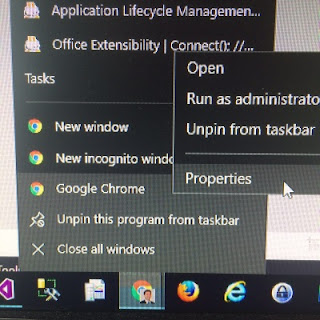Update Azure SQL Firewall Rule using PowerShell (update 2018)

Microsoft Azure SQL only allows connections from whitelisted IP addresses. My ISP seemed to change my external/public IP address daily. The combination of these two things was very annoying for me. I assembled the powershell script below to make my life a little easier. It updates the firewall rule for each Azure SQL instance, and ensures they are all set to my current IP address. Note: There are two categories of Azure PowerShell scripts/cmdlets. There are Resource Management cmdlets and Service Management cmdlets. I will describe how to perform this task with both below: Service Management (the older way) 1. Install and Configure https://github.com/Azure/azure-powershell#installation 2. Execute Get-AzurePublishSettingsFile to get the publishsettings file for the subscription you're going to be working with (a browser window will open, select the profile there. Note: you can add multiple publish settings.). 3. Execute Import-AzurePublishSettingsF...
